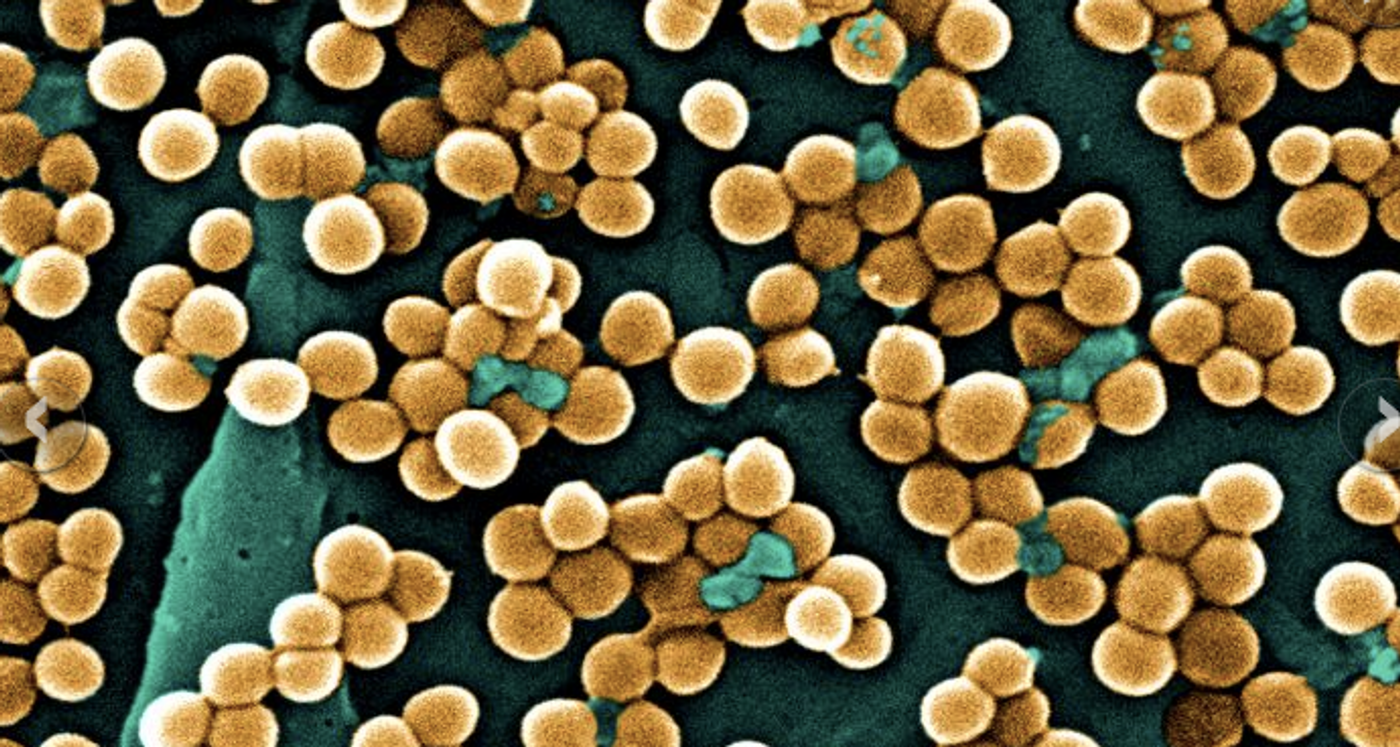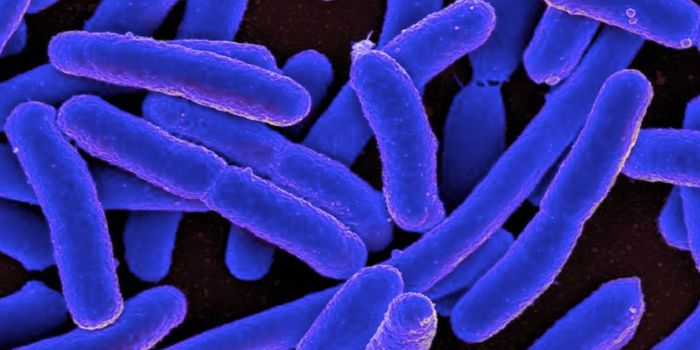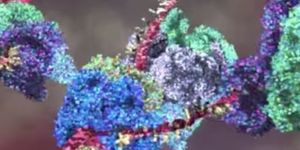Staph Bacteria can Sustain Infection by Eating Bone
The bacterium Staphylococcus aureus can cause illness, often referred to as Staph infections; when those infections get into bone, they become very serious. Researchers at Vanderbilt University Medical Center have now identified the mechanisms that these microbes use so they can live in bone tissue. Presenting their findings at the annual meeting of the American Society for Microbiology, ASM Microbe, this study showed how pathogens like S. aureus can use bone tissue for its nutritional needs.
S. aureus can be a harmless bacterium that exists in our airways and skin, but there are also strains that can produce toxic compounds. It's also dangerous if the microbe moves further into the body. S. aureus can infect bone (a condition called osteomyelitis), even though bone is a tissue that cycles through cell growth and destruction, and is an environment that’s low in oxygen. The researchers wanted to know more; they knew of many cases in which the bacterium took up residence there.
"For this reason, many patients with bone infection require surgeries to remove infected or damaged bone," said the lead author of the work, Jim Cassat, M.D., Ph.D., Associate Director, Vanderbilt Institute for Infection, Immunology, and Inflammation. ”Our lab studies osteomyelitis with the goal of defining how bacterial pathogens survive in such a dynamic environment, how bone cells sense and respond to bacterial pathogens, and how immune responses crosstalk with bone turnover."
The researchers tested mutated bacterial strains in which various pathways had been rendered inactive. Then those strains were given only bone to survive. The test identified the pathways that were essential for the microbe's survival in bone tissue.
"We found that S. aureus needs to synthesize certain amino acids itself, rather than relying on the host nutrients," revealed Cassat.
There are thirteen critical metabolites that life needs to build molecules and keep cells fueled and alive. The investigators looked at how S. aureus gets the material from its host to make and use them in its cellular pathways. "Because these particular amino acid biosynthesis pathways are found only in microbes and plants, they might be particularly attractive targets for the development of new antimicrobial compounds," said Dr. Cassat.
This work sheds light on a common bacterial pathogen, one which can cause infection and destruction in many different tissues of the body. That tissue destruction interferes with therapeutics, which then can’t reach the site of infection.
You can learn more about the illness caused by S. aureus from the video.
Sources: AAAS/Eurekalert! Via ASM, Mayo Clinic









